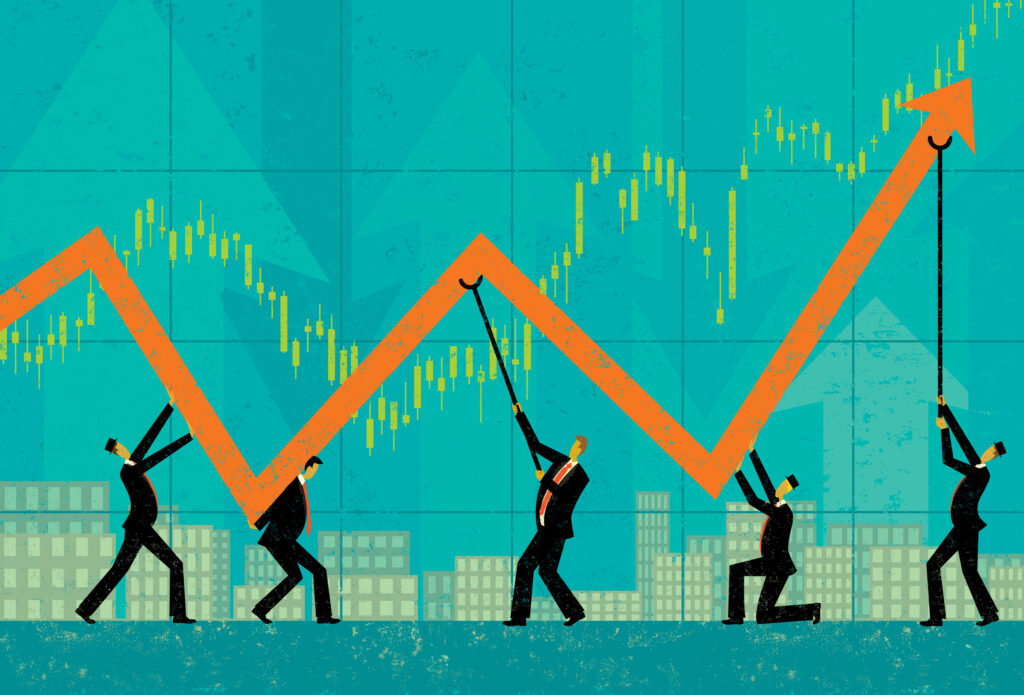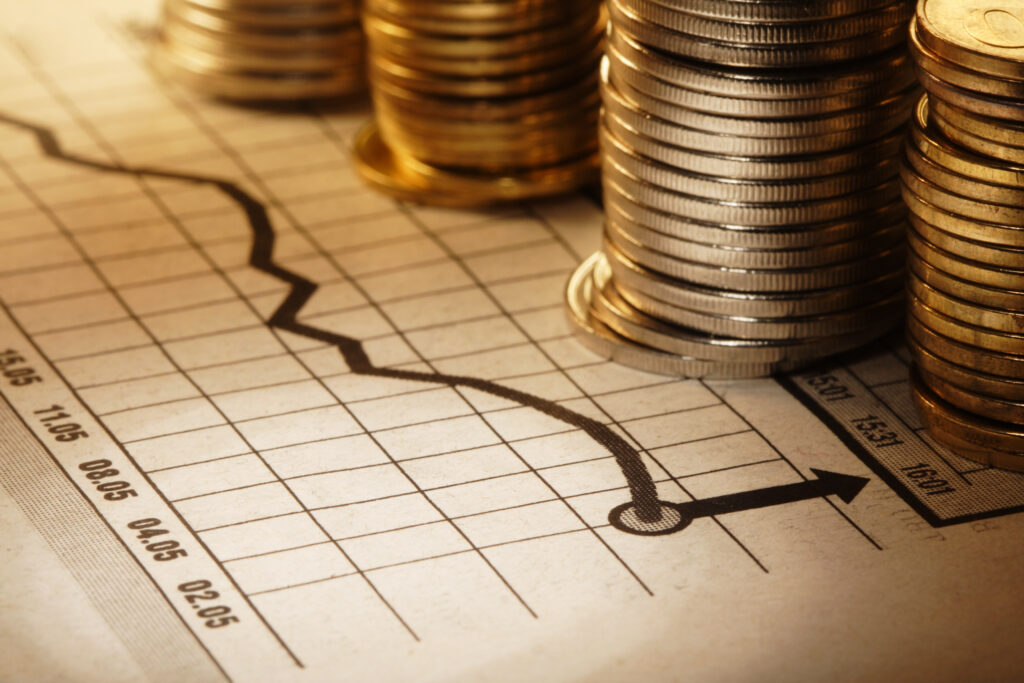What are economic cycles

It’s no secret that in market economies, production, employment…
and other macroeconomic indicators are subject to cyclical changes, i.e. when all major variables replace each other with periods of rise and fall.
In my opinion, what we’re seeing in the U.S. economy and stock market right now can be characterized by the title of Pink Floyd’s latest album “The Final Cut”, which in one translation means “The Final Cut. Actually, there are different versions, but in case of the USA, any version will do.
In today’s article about how countries are changing their economic sentiments.
Recently, we have seen very good statistics on the U.S. economy, particularly on the labor market and gradually weakening data on the Eurozone. In America, such a low unemployment rate of 3.8% was only in the 60s. Meanwhile, in Europe we can observe a decline in industrial production: in Germany, for example, in April it fell by 1% and in France – by 0.5%, instead of the expected growth of 0.3%. Many economists are now wondering: what stage of the business cycle is the global economy at and what are its prospects? It is a good question, because this is what determines the direction and dynamics of stock indices. In this regard, it is useful to remember what is cyclicality in general and what are the main phases of the economic cycle.
Economic cycles are a type of fluctuations in the aggregate economic activity of nations that organize their activities mainly in the form of private entrepreneurship. A cycle consists of a period of upturn observed simultaneously in many types of economic activity and a period of decline – a decrease in production followed by a revival, passing to the phase of upturn of the next cycle. This change in cycle phases is recurrent, and the duration of economic cycles can vary from one year to 10-12 years.
An economic cycle consists of an expansion phase of production,
production reduction phases, the highest and lowest cycle points.
THE PHASE OF ECONOMIC DECLINE THAT IS BETWEEN THE HIGHEST
AND THE LOWEST CYCLE POINT IS CALLED A RECESSION.
It is believed that if GDP has been falling for two consecutive quarters, the economy is in recession. This is officially announced by the National Bureau of Economic Research (NBER). NBER uses a kind of “mechanical rule” and based on a wide range of indicators it judges whether an economy is in recession or not. According to the NBER definition, recession is a recurring period of decline in aggregate output levels of employment and trade income. As a rule, this period lasts from six months to a year and is characterized by a special recession.
in certain sectors of the economy. For example, Japan’s GDP declined by 0.2% in the first quarter of 2018. The previous value was also 0.2%. That is, formally, the Japanese economy went into recession, but in fact it has not yet.
There are three types of economic shocks that determine cyclicality.
Supply shocks are technological changes, fluctuations in world prices for raw materials or changes in nominal wages.
Political shock is a consequence of decisions made at the macroeconomic level: changes in money supply, exchange rates or fiscal policy.

Private sector demand shock is a change in consumer and investment spending caused by changes in expectations of future economic outlook, for example, rising inflationary expectations.
Evidence is also accumulating that higher rates, the Fed’s policy of winding down quantitative easing, and the European Central Bank’s reduction in bond purchases are already causing significant damage to the economy.
And with the parallel cooling of the Chinese economy, the situation is only getting worse.
Monetarists say that curtailing QE or launching quantitative tightening of QT is the main reason for the mysterious virus. The Fed cuts its balance by $20 billion a month, and by the fourth quarter this figure will increase to $50 billion. Which, by the way, has already led to the fact that the growth rate of broad money supply of M3 fell to 2% in the last three months, approaching a complete collapse. QT compresses the money supply in the same way as QE expands it. From the second half of 2018, this process will completely stop the growth of bank loans.
It is very interesting that when Democrats come to power, they always prefer expansionary monetary policy, as opposed to Republicans who prefer hard monetary policy. After all, during the Republicans’ reign there was a constant decline in GDP in the second year of the presidential term. By the way, it’s not that long before the second year of President Trump.
Well, and finally, there is a well-known picture that corresponds to the current state of the American economy and market in my opinion.